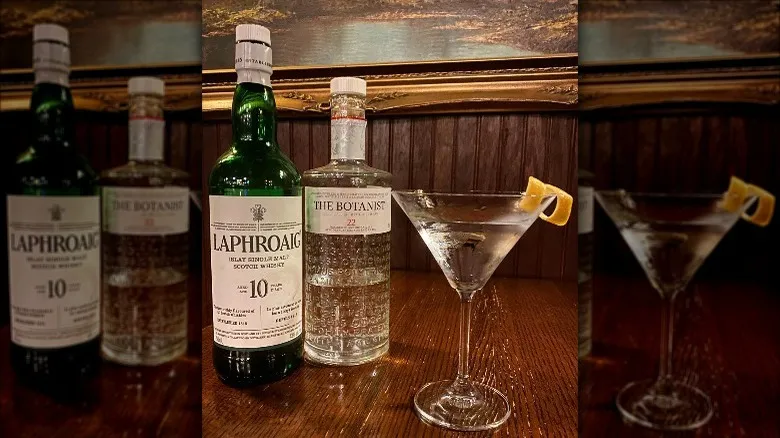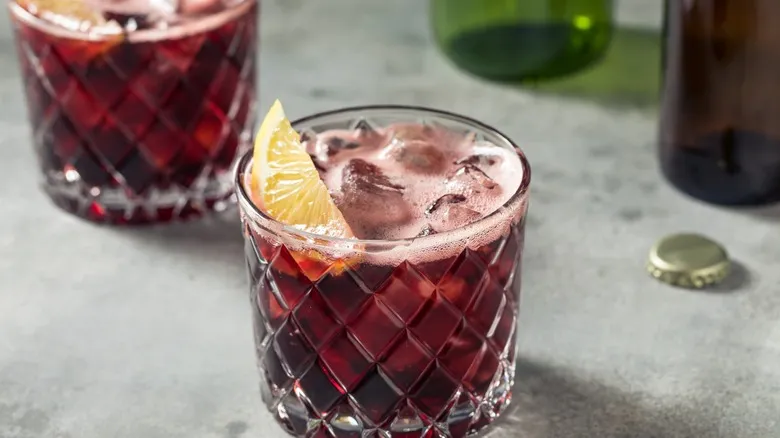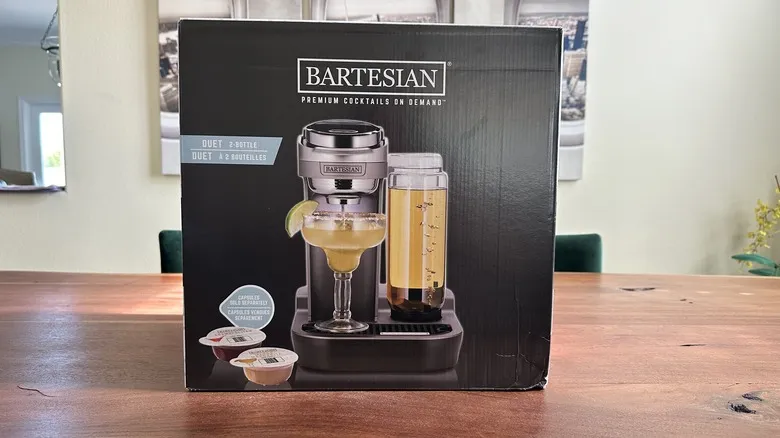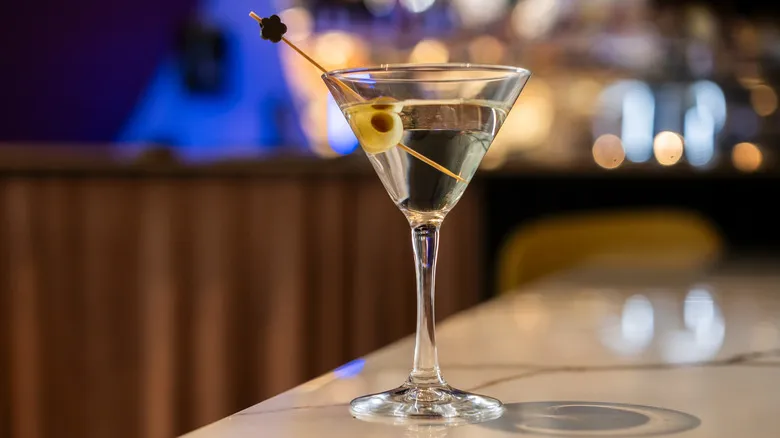Peaty single malts are essential for a burnt martini

In a burnt martini, a peaty Scotch takes center stage. If you're in search of a peaty Scotch, you're likely seeking an Islay Scotch, although peaty varieties are now being produced in various regions around the globe. These whiskies derive their name from Islay, an island off the west coast of Scotland, renowned for its numerous distilleries that create Scotch infused with peat. The region is celebrated for its distinctive whiskies, characterized by their smoky, earthy, and slightly briny notes. They also possess a sharpness that adds a spicy clarity to cocktails.
To craft an Islay Scotch, distilleries utilize peat to fuel the fires that dry the barley, imparting a smoky essence to the spirits. Peat consists of decomposed plant material that has accumulated over time in oxygen-poor conditions. When burned, it produces a uniquely aromatic smoke. According to Laphroaig, one of the leading producers of Islay Scotch, peat is combusted in a kiln to infuse the barley with that signature smoky flavor. However, not all Islay whiskies are heavily smoky; some distilleries emphasize a fruitier or more floral character, resulting in a smoother profile reminiscent of traditional Highland Scotches like Glenlivet or Balvenie.
Mezcal in your martini?

Why would you want to alter the clean, bright deliciousness of a classic martini by introducing a splash of peaty scotch? From a flavor standpoint, it’s all about contrasts. The blend of herbaceous gin and vermouth with earthy, salty peated whisky enhances the drink's intensity, showcasing how different spirits can reveal unique flavor nuances. In fact, some mixologists, including those on Instagram, are even creating burnt martinis with mezcal for a savory twist that "better enhances the vermouth aspect" of the cocktail and results in "a significantly smoother mouthfeel."
This pairing works exceptionally well because the flavor of peated scotch in a burnt martini resembles certain mezcals that combine smokiness with hints of fruit or floral herbs. Mezcal, like tequila, is derived from agave, a succulent native to Mexico. The taste of mezcal varies based on several factors, including the age of the agave plant and its production method. There are numerous types of mezcal, each offering a diverse array of flavors. However, some are particularly known for their robust flavor profiles that can be distinctly smoky. This smokiness arises from the traditional method of roasting the agave in an earthen pit before distillation, imparting a warm spiciness akin to that of peated whisky.
Recommended

Your Negroni Will Taste So Much Better With Coffee Ice Cubes

The Best 2-Ingredient Cocktail To Make From Boxed Red Wine

Review: The Bartesian Cocktail Maker Delivers Bar-Worthy Drinks With The Push Of A Button

Turn Your Pickles Into Bloody Mary Shot Glasses And Thank Us Later
Next up

